
Food
19:24, 22-Apr-2019
The thinnest handmade Chinese noodles
Updated
12:38, 28-Apr-2019
CGTN
03:21
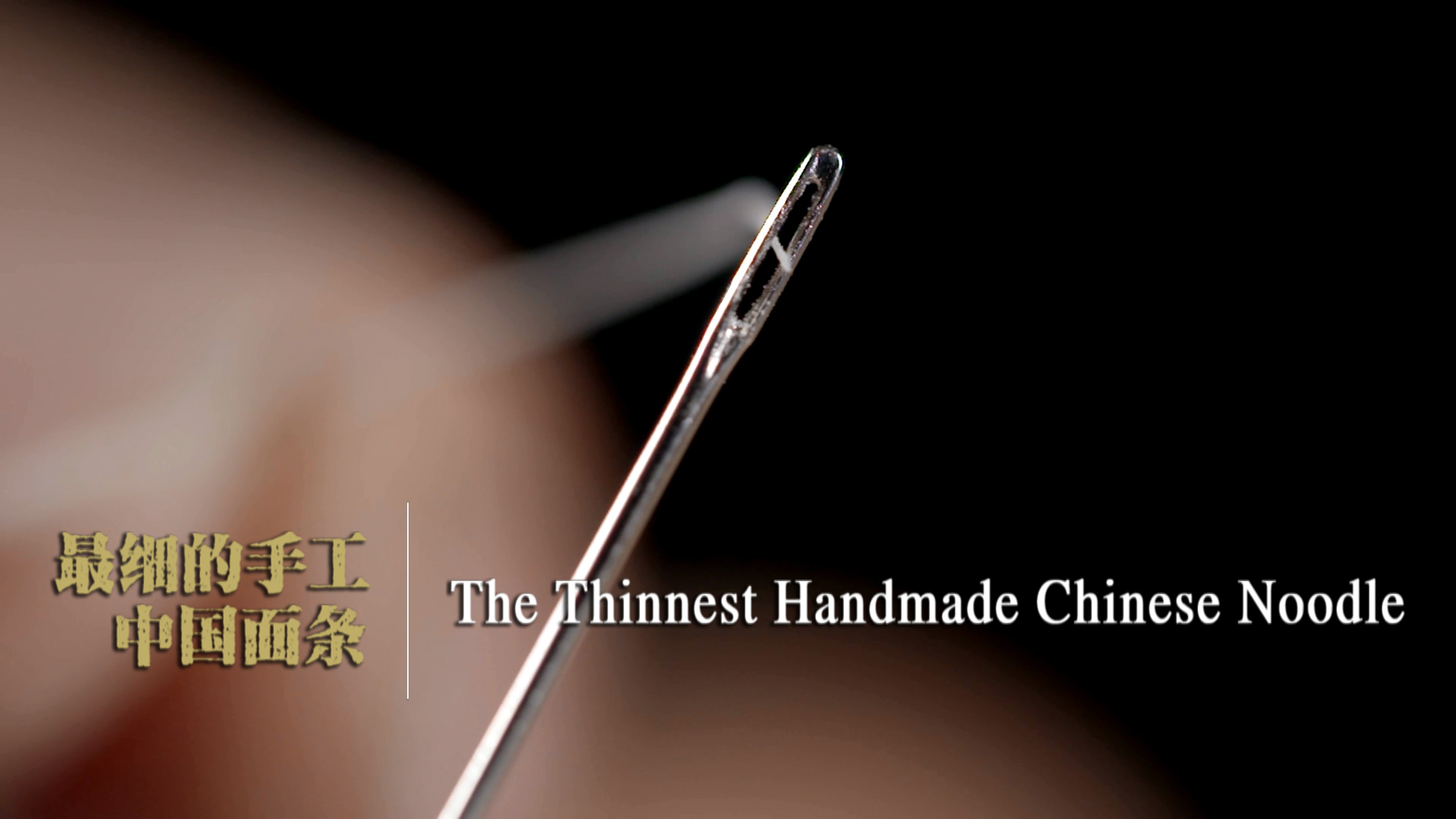

CGTN
CGTN
Dandan noodles is a renowned dish from Chinese Sichuan cuisine.

A kid is slurping Dandan noodles. /CGTN Photo
A kid is slurping Dandan noodles. /CGTN Photo
But Li Hongkai, a famous chef in Zigong City, southwest China's Sichuan Province, took the dish to a new level, and brought it to international fame.
His "golden thread noodles" were recognized by Guinness World Records as the "thinnest handmade noodles" in 2007.
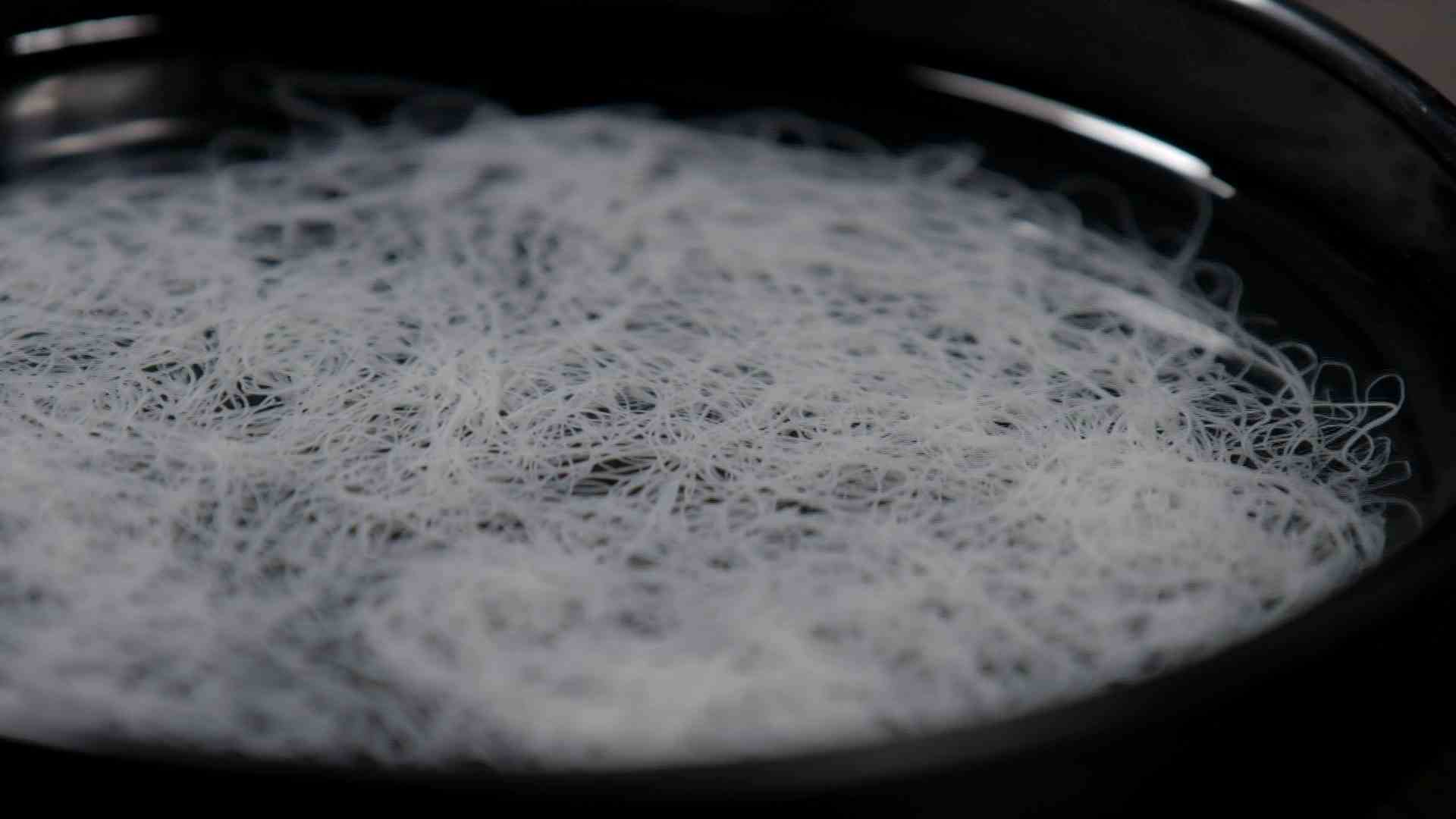
Jinsi means thin noodles. /CGTN Photo
Jinsi means thin noodles. /CGTN Photo
Li's noodles have won the hearts of customers for several reasons.
The dough is so translucent that one could read the newspaper through it.
The noodles he slices are on average about 170mm in length and 0.073mm in thickness. A whopping 43 of the thinnest noddles with a diameter of 0.067mm can go through the eye of a needle at once.
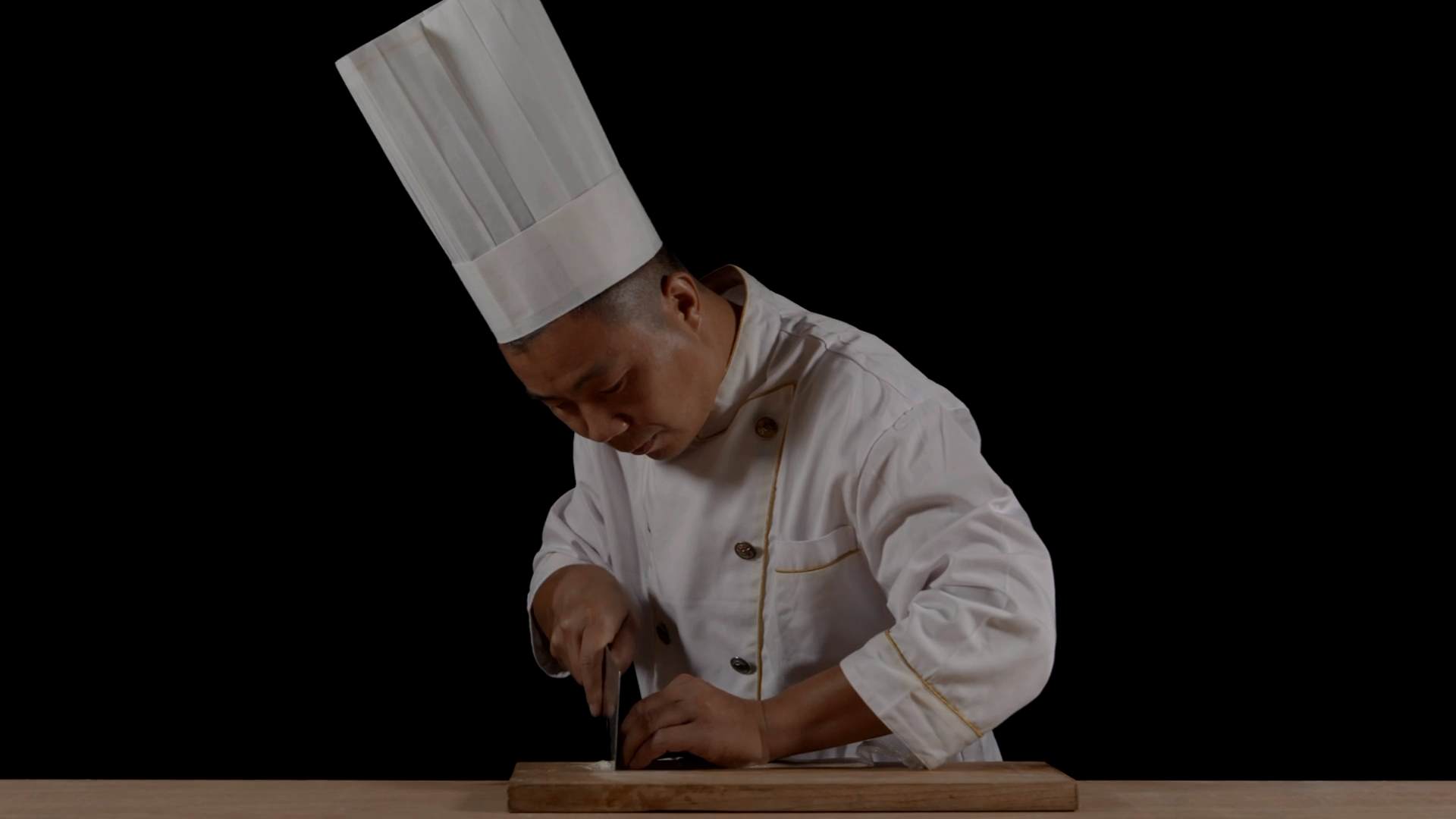
Li Hongkai. /CGTN Photo
Li Hongkai. /CGTN Photo
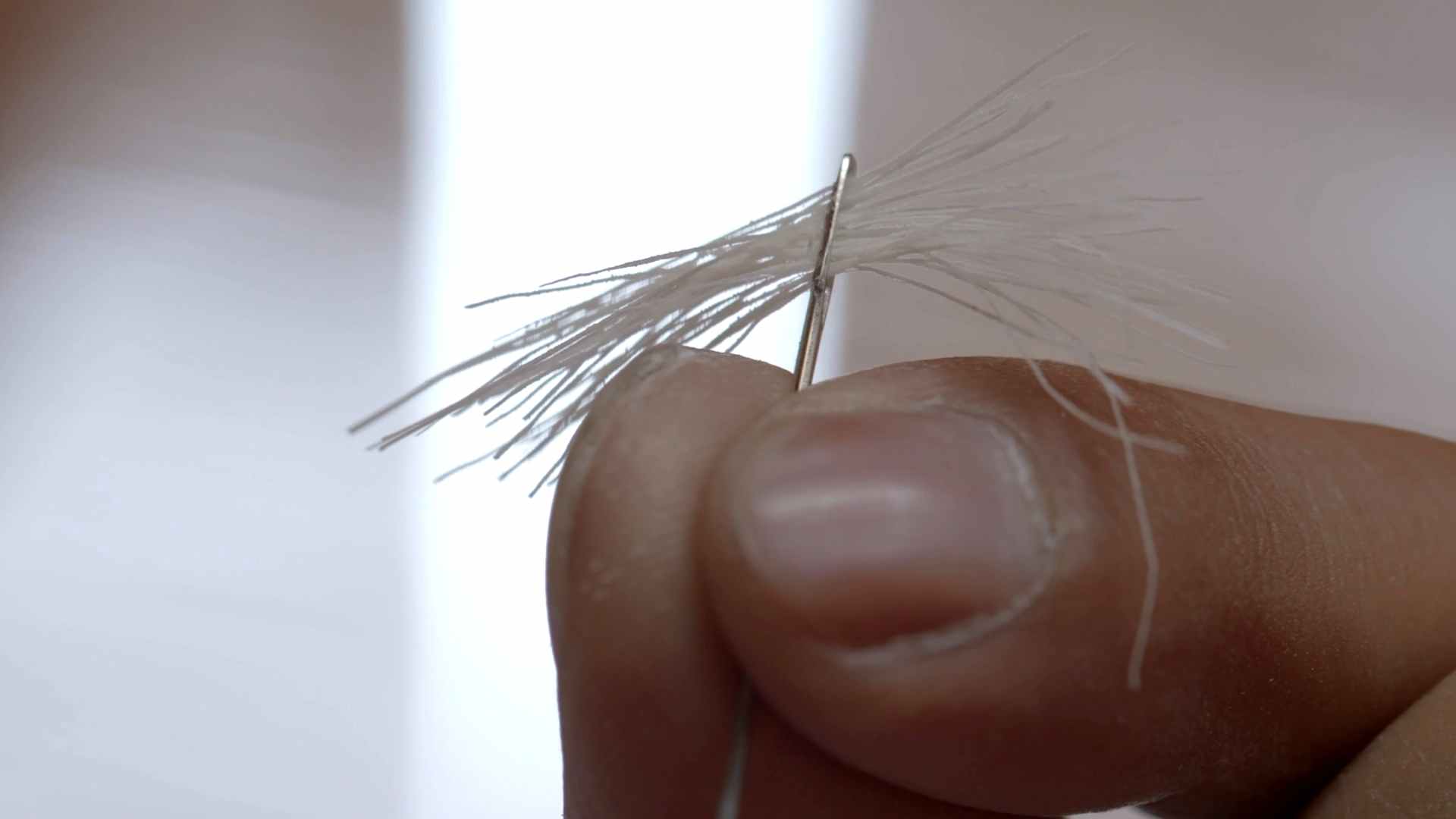
The thin noodles can fit through the eye of the needle. /CGTN Photo
The thin noodles can fit through the eye of the needle. /CGTN Photo
His noodles don't get mushy in boiling water, but they are flammable. They also melt in one's mouth.
Despite their extraordinary characteristics, there's nothing special about the ingredients.
The dough is made by mixing regular flour, water, eggs and salt. But Li has a secret weapon: 17 years of practice.
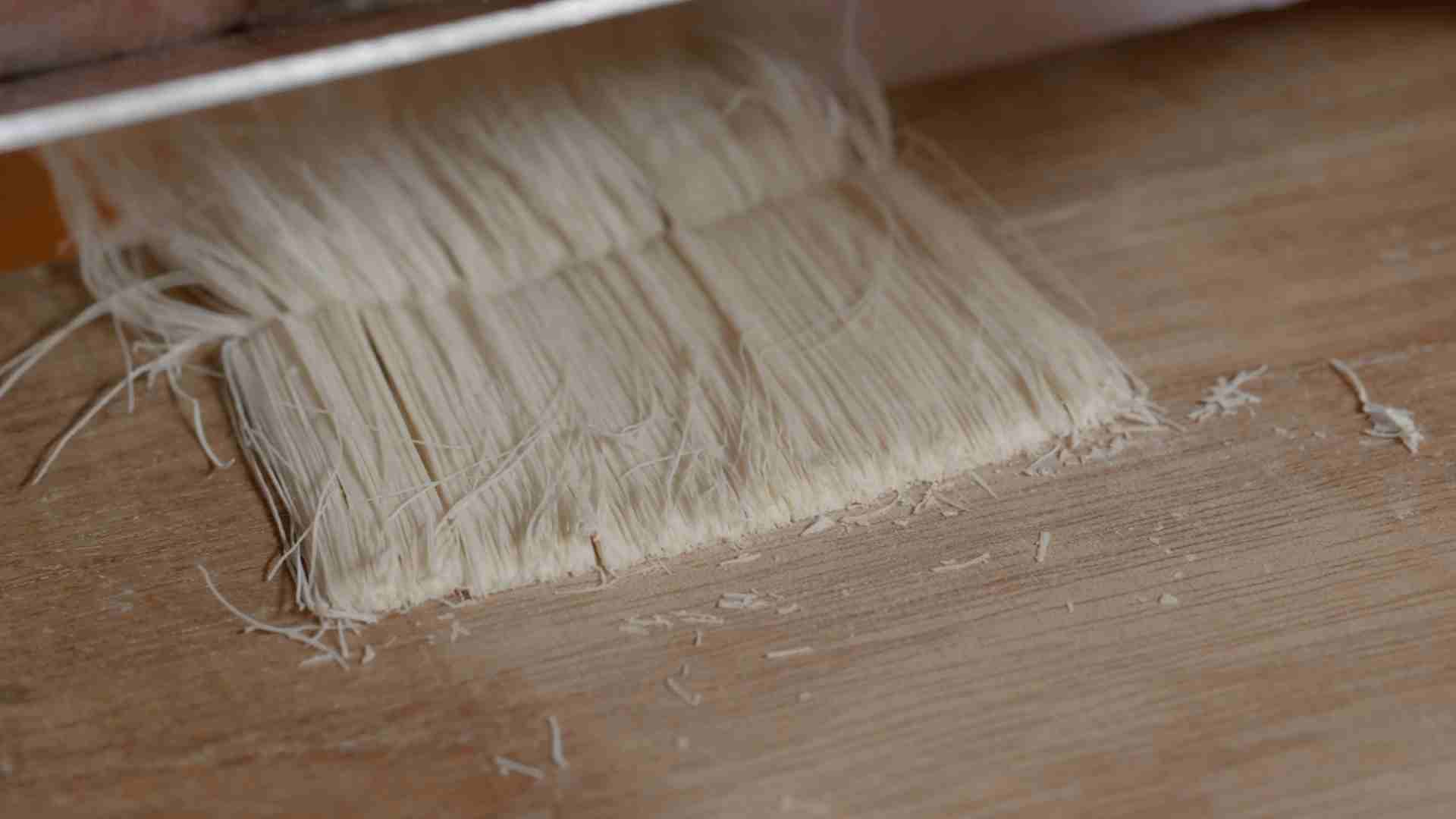
CGTN Photo
CGTN Photo
Since 1990, the pastry chef has gotten up at 4 o'clock in the morning to prepare the dough. As a beginner, Li slept on the restaurant's chairs to save time.
After several years, he learned to control his body strength, which is essential for the slicing techniques.
Years in the kitchen have paid off.
His concoction was first acknowledged by the World's Association of Chefs' Societies, when he fitted six noodles through the eye of a needle in 1994.
In the following years, he continued to polish his skills and won several competitions.
Slicing skills aside, the dough's quality is also important to prevent the thin noodles from getting mushy in hot water.
He developed his kneading techniques and improved the recipe.
"Three things must be clean while kneading the dough: your hands, the bowl and the dough," says Li.
After kneading the dough, he covers it with a wet cloth and leaves it for two hours to rest. He repeats the whole process five times, and only then can the dough reach its ideal elasticity.
Li has done the math. He uses 1.5kg of flour on a daily basis, which means he's kneaded the dough with 25,180kg of flour over 18,615 hours in the past 23 years.
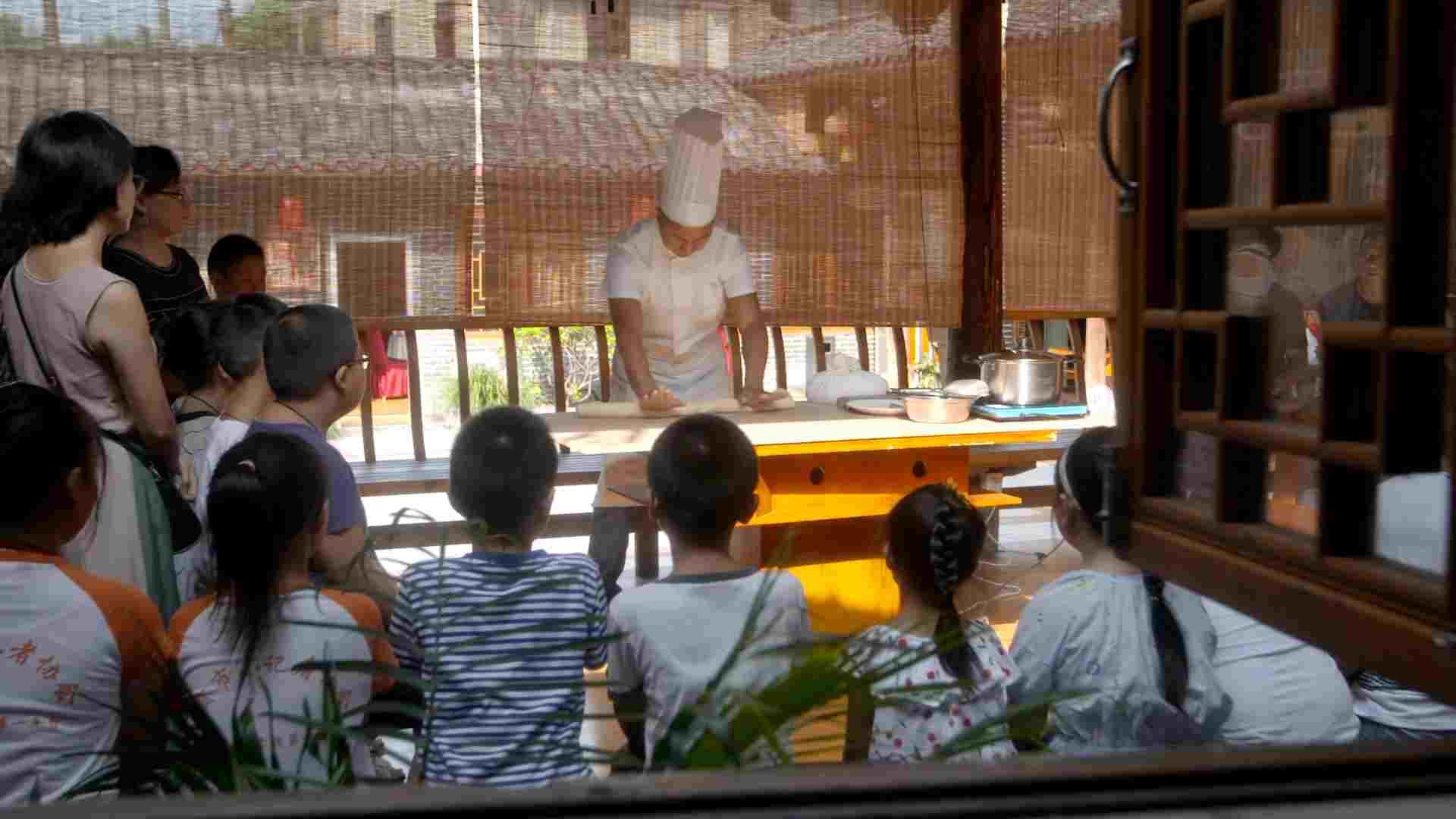
CGTN Photo
CGTN Photo
After his golden thread noodles became popular, Li received many offers overseas. The restaurant he used to work for in Beijing also wanted him back with a handsome salary.
But Li decided to stay in his hometown and develop the local Salt Gang's dishes.
"From my experience of working in metropolises, most customers prefer genuine Sichuan snacks."
"I've been told countless times that, 'Your golden thread noodles can never be turned into real gold threads, no matter how thin they are. So, what's in it for you?' I'm the kind of person that pushes everything to the extreme," says Li.
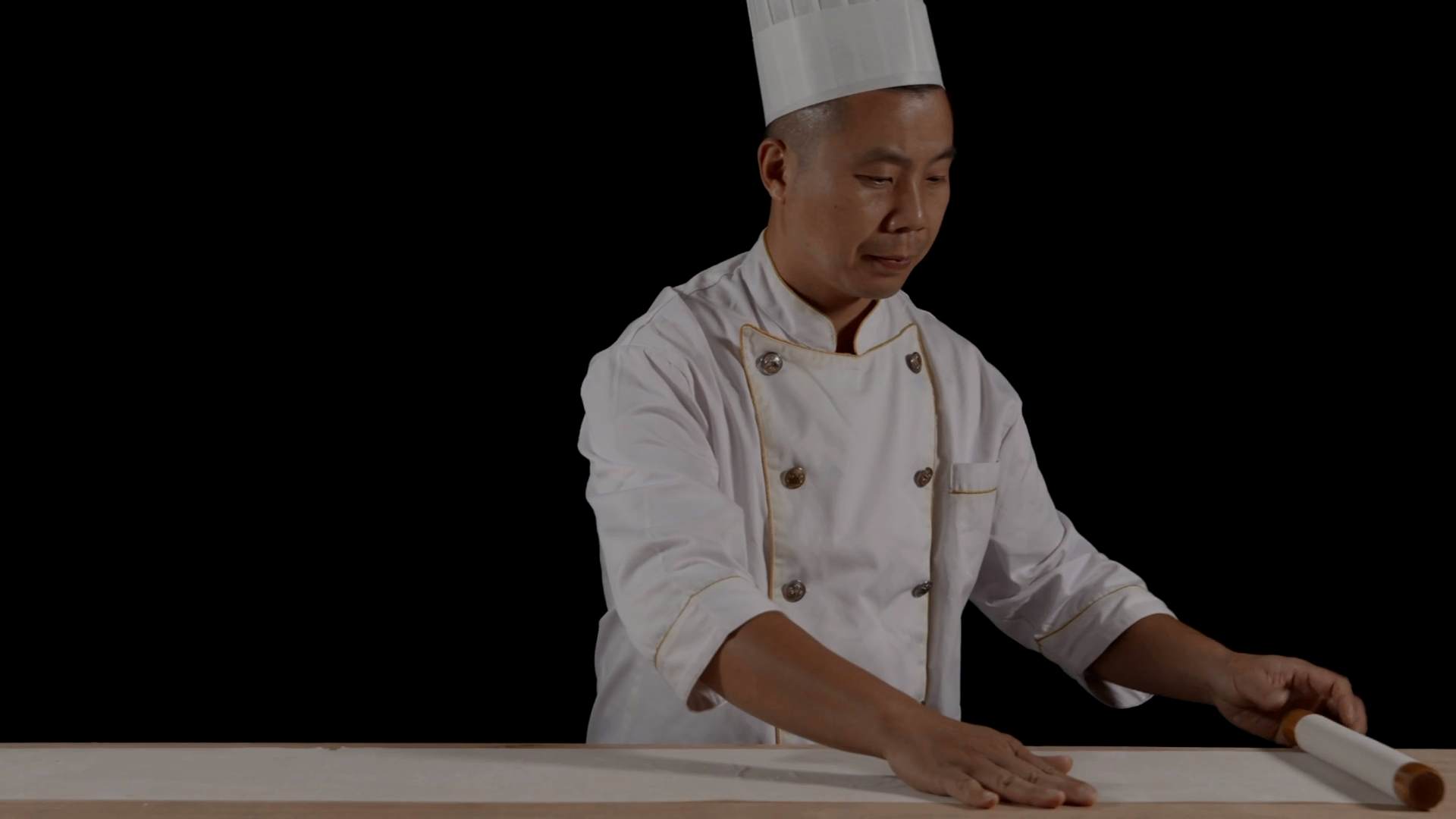
CGTN Photo
CGTN Photo
Li wishes to pass the skills on to a pupil who exhibits virtues of integrity and persistence, in order to promote the local culinary techniques and Zigong cuisine to the rest of the world.

SITEMAP
Copyright © 2018 CGTN. Beijing ICP prepared NO.16065310-3
Copyright © 2018 CGTN. Beijing ICP prepared NO.16065310-3